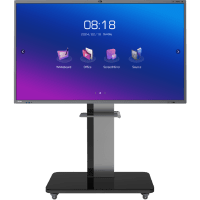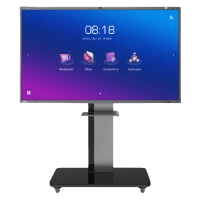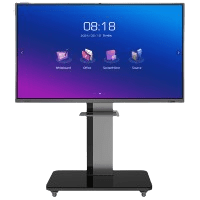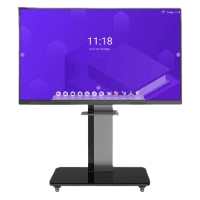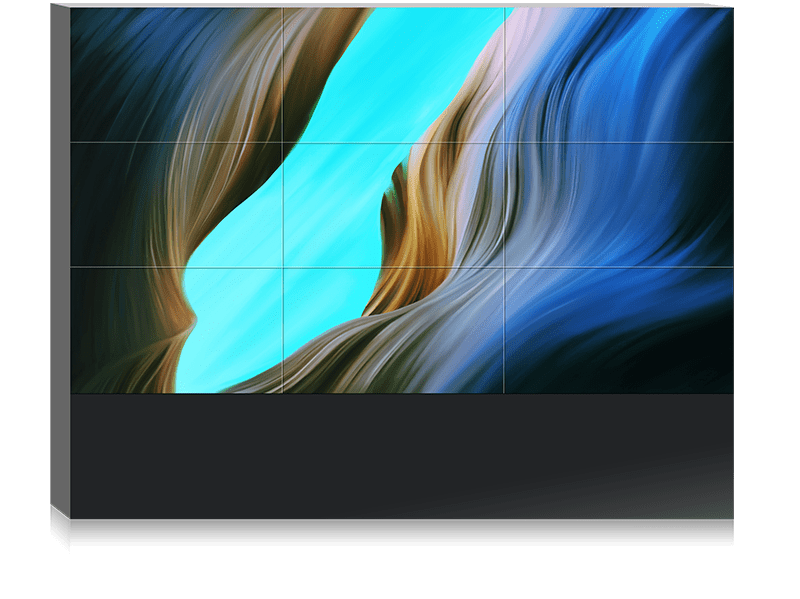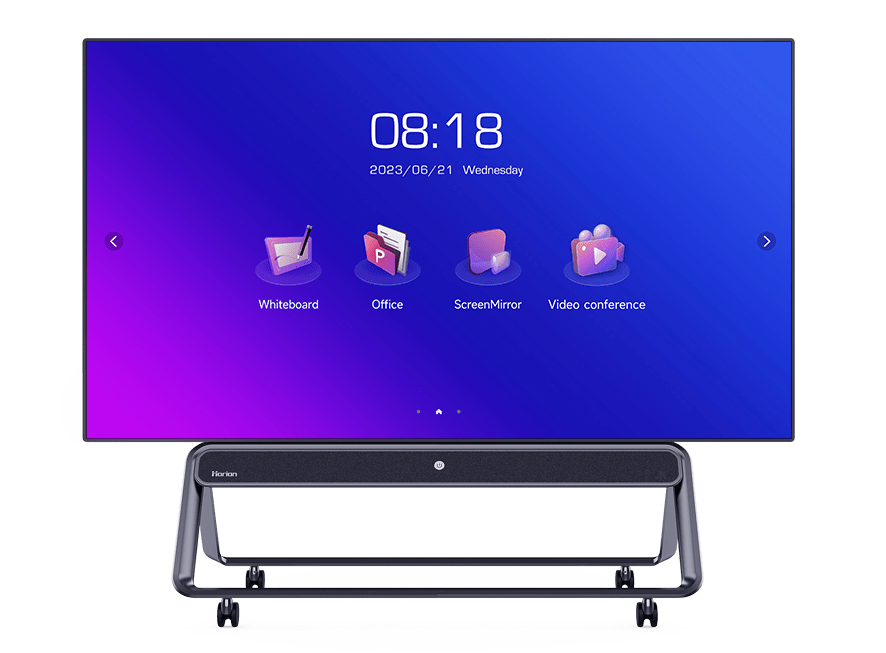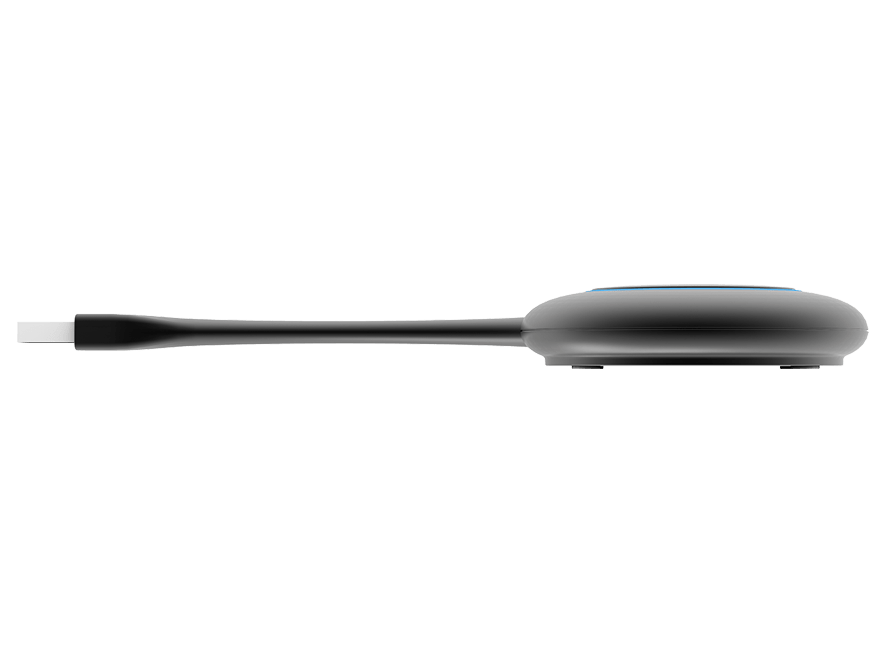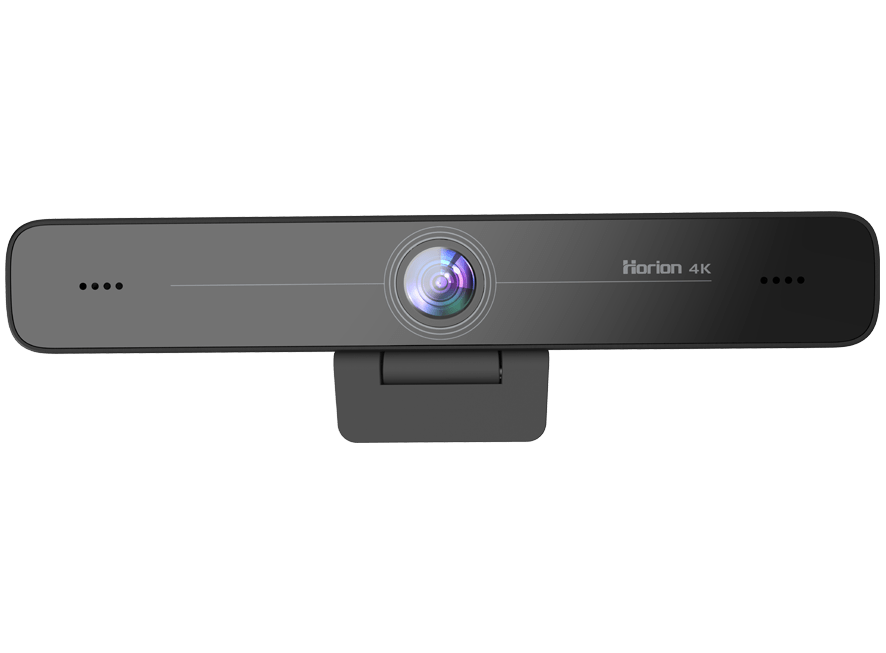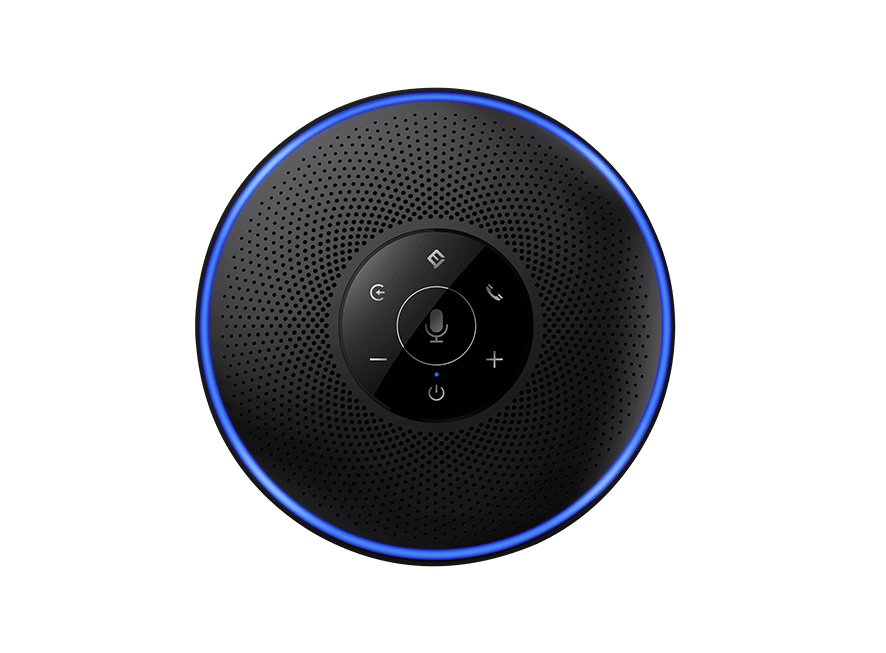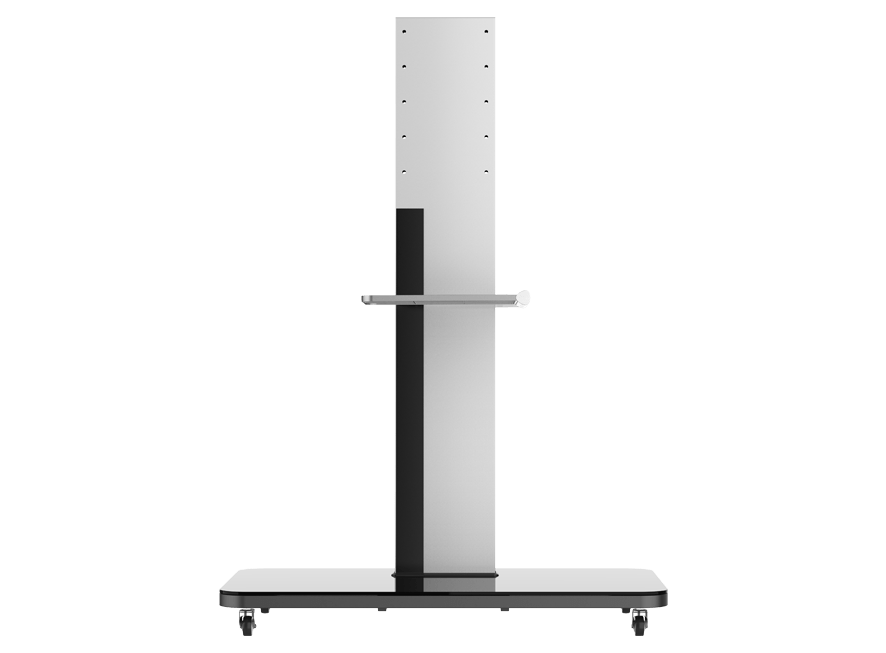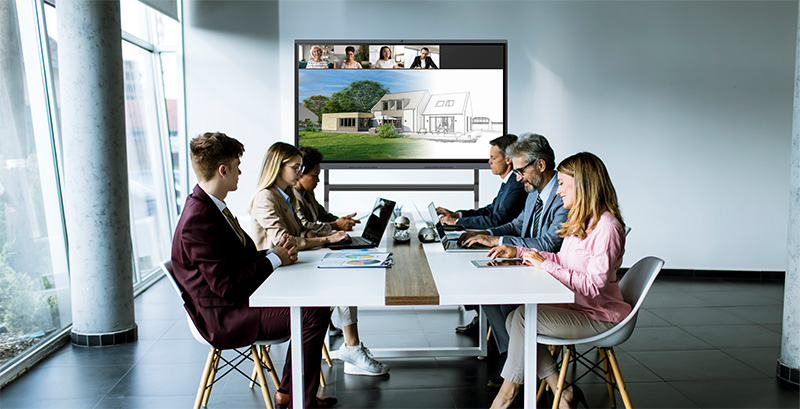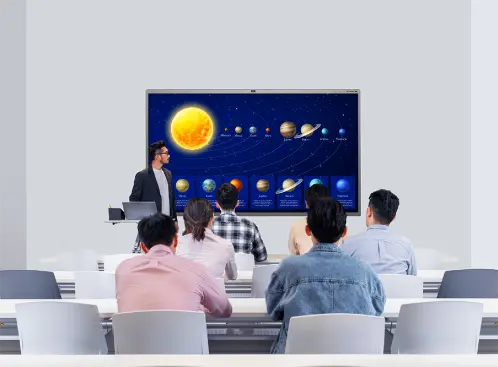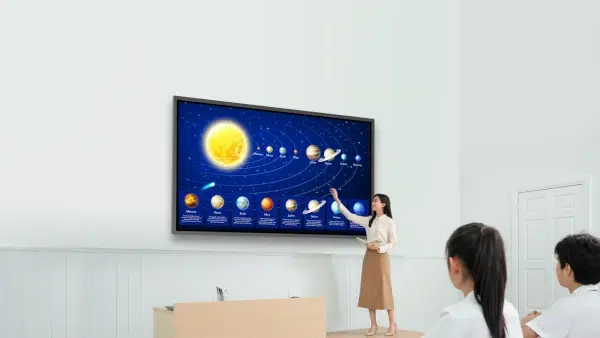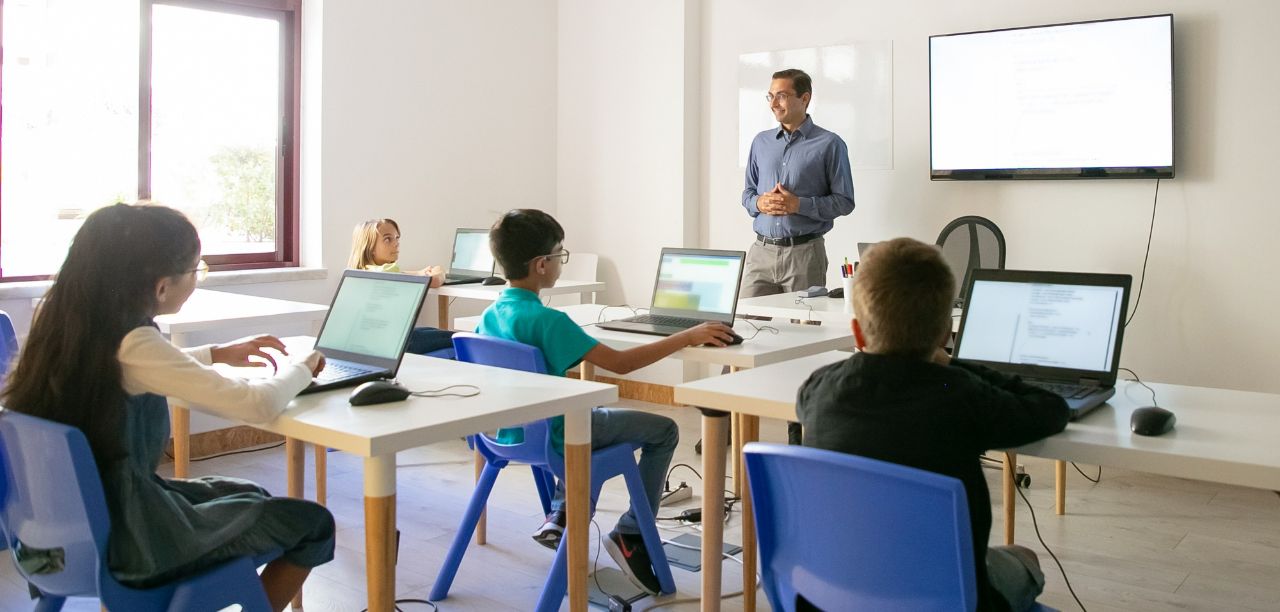
Technology is changing everything we know about our world including the way we learn. One of these techniques in modern classrooms is the screen mirroring technology.
This innovation allows teachers and students to wirelessly display content from their devices onto a larger screen.
That’s not all! Screen mirroring goes way beyond that when it comes to education
In this blog post we are going to talk about the eight creative ways screen mirroring technology gets creative with education.
Learning with Live Demonstrations
Gone are the days of static whiteboard lectures. With screen mirroring technology, teachers can share live demonstrations from their devices. These devices can be smartphones, or computers onto a large screen.
Science experiments
Teachers can record or conduct experiments live. They can also display them on a big screen for the whole class to see.
Math problem-solving
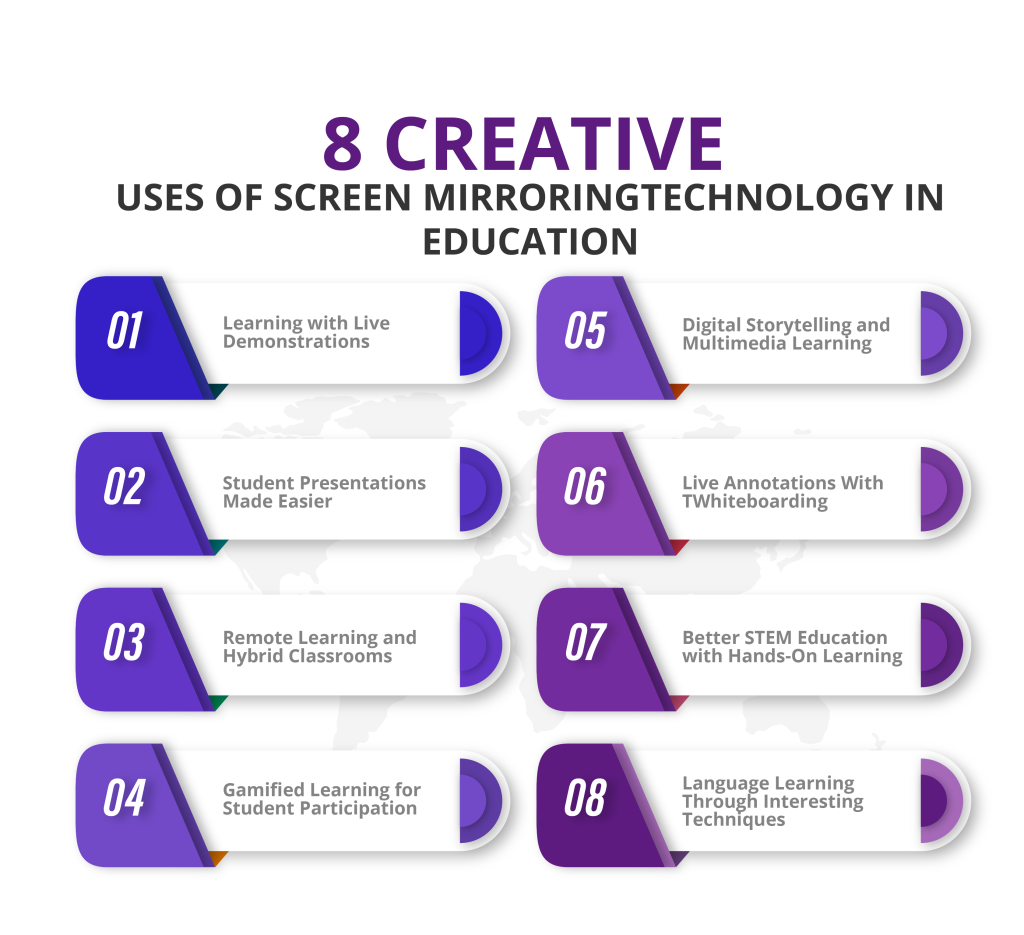
Educators can work through complex equations step by step while students follow along.
Language lessons
Teachers can annotate digital texts. They’ll also be able to highlight grammatical structures in real time.
At Horion, we’re people-focused. We believe that technology is most powerful when it connects us and channels our collective potential. We’re not just selling displays; we’re investing in your future.
Student Presentations Made Easier
Encouraging students to present their projects can develop their public speaking skills.
- Easily share their projects without the need for cables or file transfers.
- Interact with classmates through discussions. This provides instant feedback.
- Presenting programming projects by running simulations. Along with that they can demonstrate live coding exercises.
Remote Learning and Hybrid Classrooms
The shift towards hybrid learning is increasing the demand for flexible teaching methodologies
- Live streaming lessons while mirroring content to both in-person and remote students simultaneously.
- Bringing in remote learners by displaying their work on the main classroom screen for discussion.
- Providing accessibility options, such as captioning tools and note-taking applications. This supports students with different learning needs.
Gamified Learning for Student Participation
Gamification makes learning fun. Teachers can use wireless screen mirroring technology for a lot of things.
- Display educational games from mobile apps or web-based platforms on a large screen.
- Host interesting quizzes where students respond from their devices, and the answers appear in real time.
- Create a learning environment where students compete in teams, solving challenges displayed on the main screen.
Digital Storytelling and Multimedia Learning
Storytelling is a strong teaching method. Add screen mirroring technology into the fray and everything becomes possible!
- Teachers narrate digital stories with visuals that captivate students.
- Students can share projects, including short films, podcasts, or slideshows.
- Addition of virtual field trips, where students explore museums, historical sites, or science labs through videos displayed via screen mirroring.
Live Annotations With Whiteboarding
Screen mirroring allows for strong teamwork with live annotations.
- Annotating texts, graphs, and images in history, literature, or geography classes.
- Brainstorming sessions, where students contribute ideas on a shared digital whiteboard.
- Group projects, where students work together to improve their presentations in real time.
Better STEM Education with Hands-On Learning
Science, technology, engineering, and math (STEM) subjects benefit greatly from screen mirroring technology.
- Coding lessons, where instructors demonstrate coding exercises while students follow along.
- Engineering design simulations, where students present their 3D models or CAD drawings to the class.
- Science experiments, where live data collection from sensors and measuring devices is displayed in real time.
Language Learning Through Interesting Techniques
Language acquisition improves when educators expose students to different experiences.
- Displaying language-learning apps that involve speech recognition and pronunciation feedback.
- Facilitating live conversations with native speakers through video conferencing apps shared on the big screen.
- Providing subtitles and translations, helping students understand difficult words in real time during lessons.
Conclusion
That’s a wrap for ‘8 Creative Uses of Screen Mirroring Technology in Education’
Screen mirroring technology is shifting the way students and teachers interact in the classroom.
It is making learning more fun, by developing engagement across various subjects. Whether used for interactive lessons, student presentations, gamified learning, or STEM education, this technology provides endless possibilities for modern education.
As schools continue to work with AI, integrating screen mirroring technology can lead to a more innovative learning environment.
Educators who leverage this tool will not only improve their teaching methods but also equip students with the skills they need for the future.

